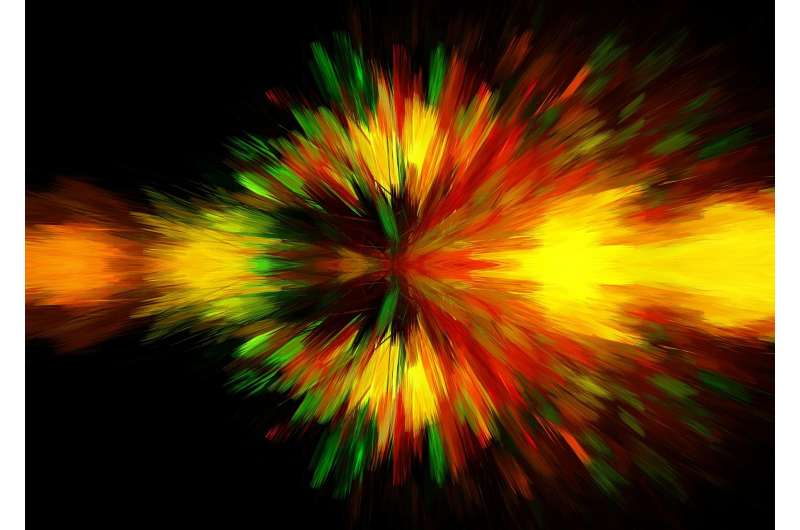A quantum leap for ultra-precise measurement and information encoding?

An EU project working with ultrafast optics, furthers control over the spatial-temporal quantum states of light, advancing quantum information science.
Quantum Information Science (QIS) holds out much hope for improved metrology as well as various Information, Communications and Technology (ITC) systems. However, the degree of control over quantum states necessary to render the approach superior to conventional techniques, makes the realisation of the technology's potential especially challenging. So called 'squeezed states in continuous-variable systems' have been posited as one approach which might bring success for better control of quantum states, partly because these systems are thought to be scalable.
The EU-funded QCUMBER (Quantum Controlled Ultrafast Multimode Entanglement and Measurement) project, explored the use of such squeezed states, or multiphoton states, in different temporal modes based on integrated optics devices. In a paper recently published in the journal 'Philosophical Transactions A' of the Royal Society, the researchers scope the current limits of waveguide squeezing and the loss limits in the conversion process.
Entangling squeezed states
The paper's authors point out that over recent decades, significant progress has been made on low loss waveguides, very efficient photon-number detectors and nonlinear processes. Additionally, thanks to the success of the non-linear optical process known as 'engineered sum frequency conversion', operation on arbitrary temporal broadband modes is now achievable. This opens up the spectral degree of freedom for information coding, often into the temporal modes of a single photon.
QCUMBER examined the prospect of combining, in a waveguide system, both squeezing and mode-selective frequency conversion. By creating an analogy between the Quantum Pulse Gates (QPGs – basic quantum circuits) and spatial networks, they enabled a visualisation of the process for entangling squeezed states or constructing complex multimode continuous-variable states.
Looking at the squeezing achievable in a KTP single-pass, single-mode waveguide, the team found that squeezing was possible up to 20 decibels, but the complicated behaviour of the process, resulted in significant degradation, limiting the conversion efficiency to below 90 %. However, they point out that this is still promising for the future of the technology. They go on to argue that for applications where low conversion efficiency is sufficient, this doesn't present a problem and phase-matching can be engineered using a simple model without the need for pump-power.
In the spectral domain, the team also achieved the entanglement in a continuous-wave frequency comb structure of up to 60 temporal modes and around 10 modes in a pulsed, ultrafast system. They report that once the squeezing is able to reach certain thresholds, error correction for quantum computing becomes possible, which will drive the science forwards.
Tapping extreme timescales and broad spectra
Ultrafast pulses of light offer opportunities to better understand underlying system dynamics at time scales of very short duration. The harnessing of light's quantum attributes has advanced the fundamental physics knowledge gleaned through experimentation and has been key to progress in quantum communication and quantum metrology. Indeed, high precision metrology has been enabled through the exploitation of the broad frequency comb structure that trains of ultrafast light pulses create.
QCUMBER was set up to further investigate opportunities that might exist within the relationship between the quantum properties of light at extreme timescales and over extremely broad spectra. Exploiting the structure of ultrafast quantum pulses will enable ever more precise time-frequency measurements and introduce innovation for scalable quantum information processing.
More information: Project website: www.qcumber.eu/
Provided by CORDIS





















